Original text by Marina Belova
I'm going to gather all the computerized machine techniques imitating hand embroidery (and not just the embroidery) known to me, in one article.
In my opinion, this subject is rather popular and the clients often ask to copy something they've seen earlier.
I had an idea of doing it because not so long ago I imitated a hand-embroidered chain stitch on the ordinary embroidery machine — not everyone has the chain stitch machine. The desired effect was achieved by simple steps — I only needed to apply a motif stitch from the standard Wilcom library and select a suitable size. Everyone was satisfied with the result — quick, cheap and look-looking. Now the actress of one of the theaters in Moscow wears the embroidered dress onstage.
It turns out that if I count all the hand embroidery imitation techniques I'm familiar with, there will be a large number, and many of them I've already covered in my articles.
in its variety of techniques on various kinds of equipment, including special devices.
Pulled thread embroidery (Dresden work
3. Filet — the many ways of creating it with the use of easy repetitive motifs are repeatedly described on the Web.
— the same FSL (or gimp lace) that people like and that was created very long ago to imitate the hand-made lace.
Messiano and Zundt are the most successful in the field of creating the lace of this kind:
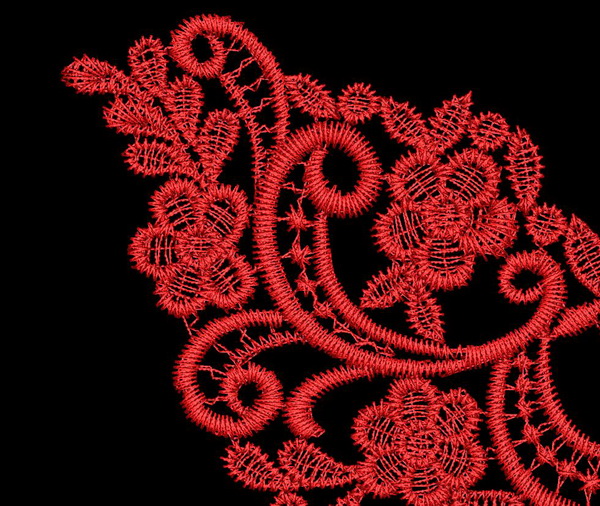
But the simpler technique is also widely known — satin stitches embroidered over the Tatami full grid, even a novice can manage:
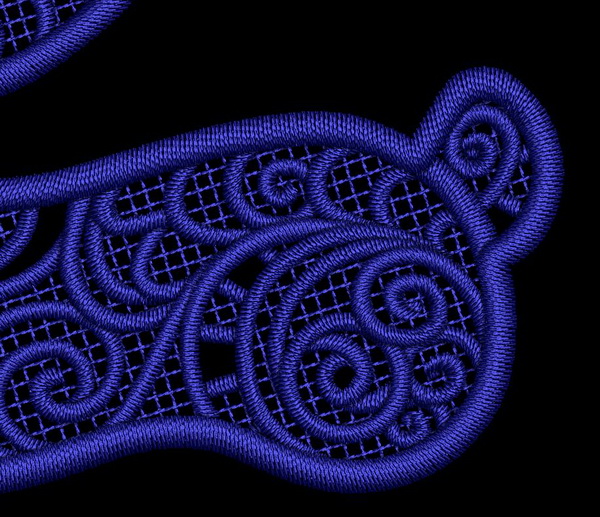
5. Crochet, which can be imitated by one or three standard motif stitches found in the library of almost every embroidery editor:
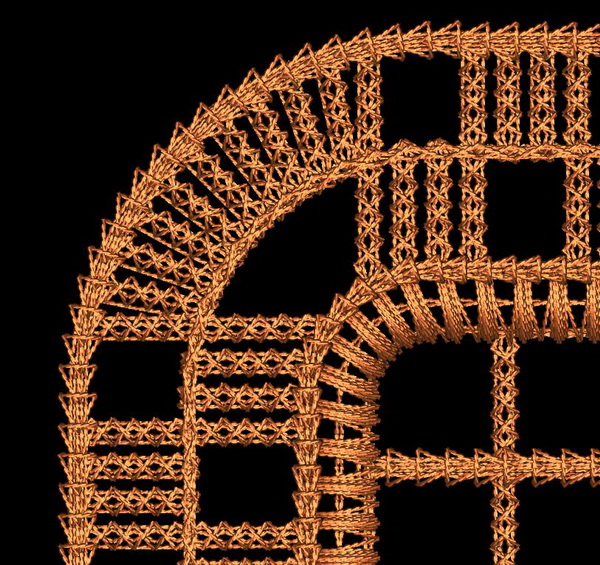
6. Tatting, which is, basically, a kind of FSL, but I'll single it out. Criswell makes machine embroidery designs in this technique and does so successfully.
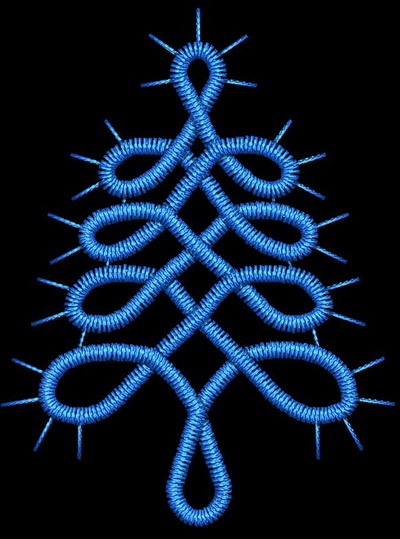
7. Various hand embroidery stitch imitations:
1) Back stitch. You can either find in your embroidery editor's library or create it yourself and use as a motif stitch:
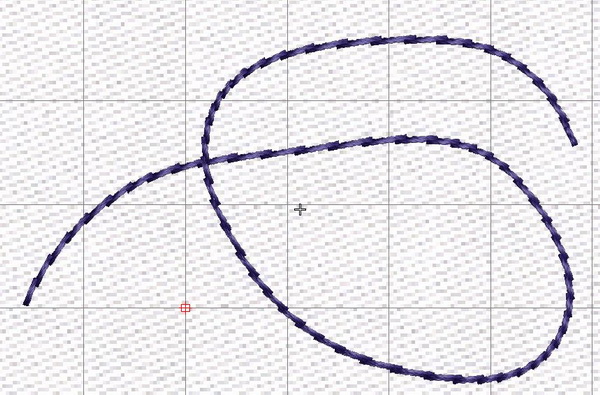
2) Stem stitch. Once again, you'll pick one from the library or create your own.
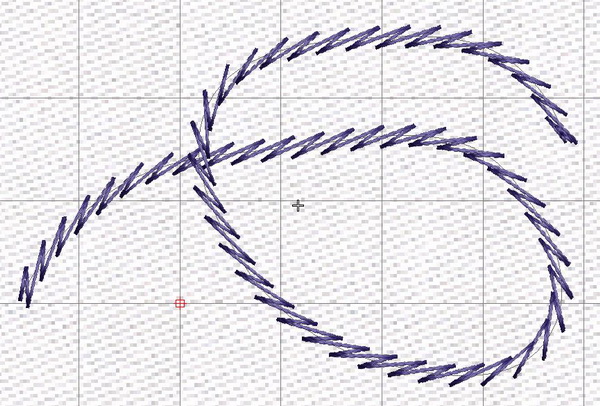
3) Tambour stitch (also called chain stitch) — there is a standard motif stitch perfect for imitation in practically any editor: a triangle. And if there isn't one, it's not hard to create it yourself.
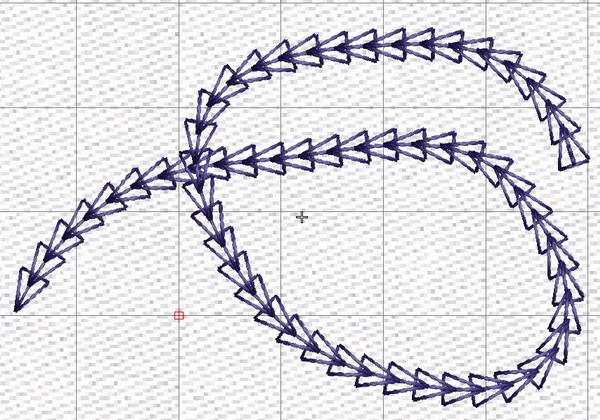
4) Various motif stitches, which are used everywhere. There are so many types that you cannot count them.
5) Applique in all its varieties, the subject which I addressed many times.
6) Methods of using woolen threads, and not only them, to create satin stitches, where the stitch goes back and forth several times. Not every editor has this option.
7) Cording
8) Sewing on sequins
9) Long-and-short stitch
10) Trapunto
11) Thick thread or cord couching
I think I can remember more.
It seems that machine embroidery is not so one-dimensional and simplistic in its artistic expression as people often claim it to be. After all, if one cares to think about it, machine embroidery was created exactly for this purpose: to make the manual work simpler and cheaper, and therefore, it can achieve a lot, too.

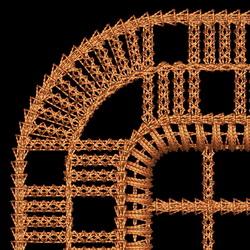


There are no reviews to display.